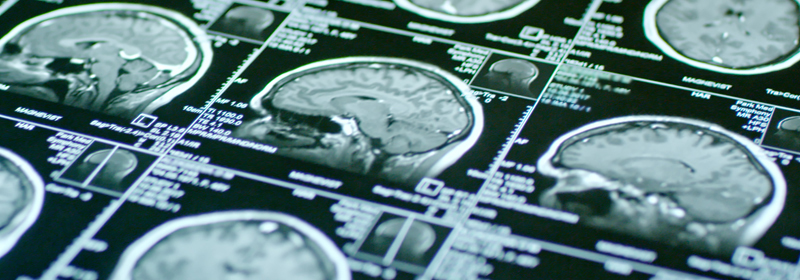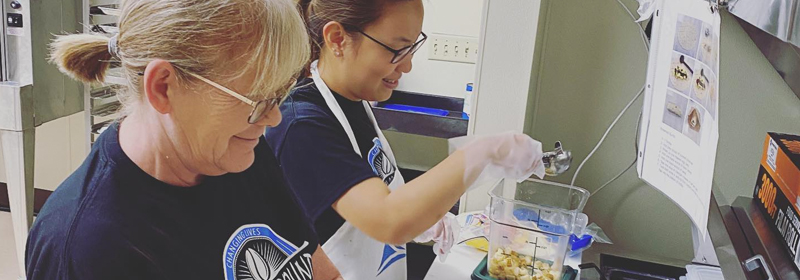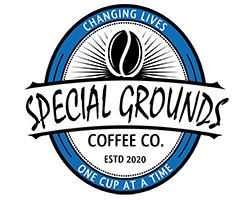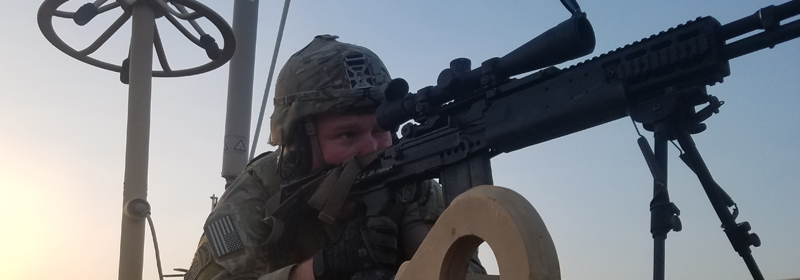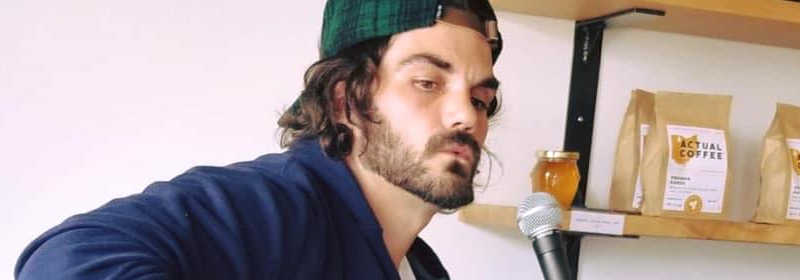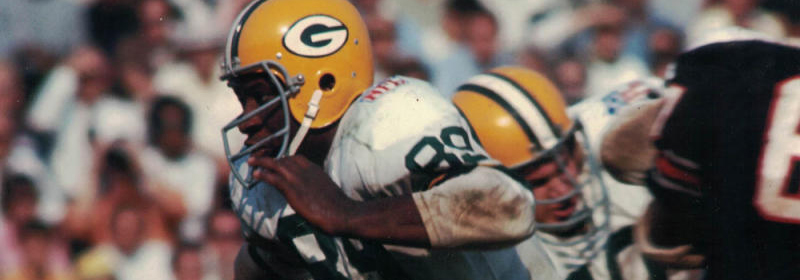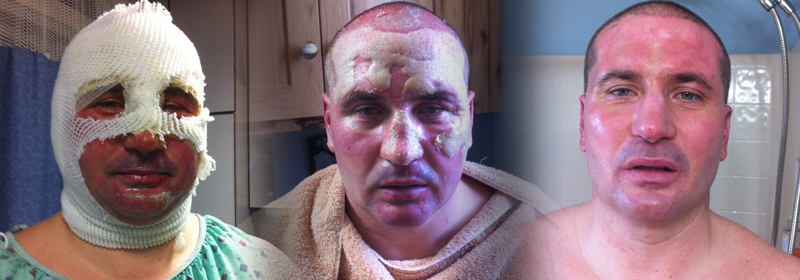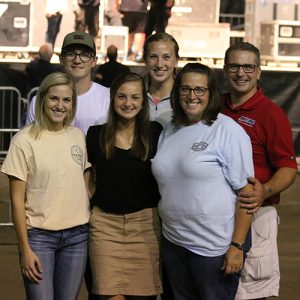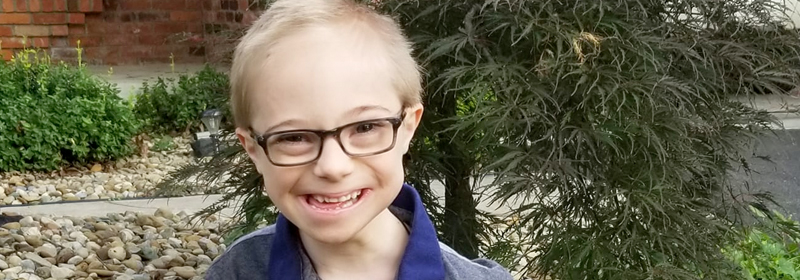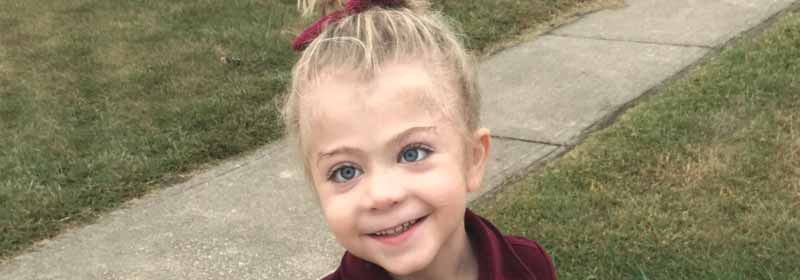A COVID-19 Long Hauler Journey with HBOT
Most people who have had COVID-19 recover completely within a few weeks. But some people, even those who had mild versions of the disease, continue to experience symptoms long after their initial recovery. These people, given the name “Long Haulers”, have in theory recovered from the worst impacts of COVID-19. However, they continue to experience symptoms.
Researchers estimate about 10% of COVID-19 patients become long haulers. Older people and people with many serious medical conditions are the most likely to experience lingering COVID-19 symptoms. However, even young, otherwise healthy people can feel negative effects for weeks to months after infection. This condition has been seen in people who were hospitalized with COVID-19 as well as people with very mild symptoms. There seems to be no consistent reason for this to happen.
Although COVID-19 is seen as a disease that primarily affects the lungs, it can also damage many other organs, including the heart, kidneys and the brain. Organ damage may lead to health complications that linger after the original COVID-19 illness. In some people, lasting health effects may include long-term breathing problems, heart complications, chronic kidney impairment, stroke and Gullain-Barré Syndrome, an inflammatory condition characterized by the rapid onset of numbness, weakness, and often paralysis.
The list of long hauler symptoms is long, wide and inconsistent. For some people, the lasting coronavirus symptoms are nothing like the original symptoms when they were first infected with COVID-19. The most common long hauler symptoms include: coughing, ongoing, sometimes debilitating, fatigue, body aches, joint pain, shortness of breath, loss of taste and smell (even if this didn’t occur during the height of illness), difficulty sleeping, headaches and brain fog. Brain fog is among the most confusing symptoms for long haulers. Clients report being unusually forgetful, confused or unable to concentrate even enough to watch TV.
Rex was a typical 55-year-old male. Before contracting COVID, he had no prior health issues other than high blood pressure and cholesterol. He worked and performed tasks very much like he had his whole life. He took care of his home and small farm without any help or special considerations. According to Rex, “Before COVID, I lived a very boring and happy life.”
Rex’s long hauler journey began when he contracted COVID in September of 2021. He spent nineteen days in the hospital, some of those days on 55 liters of high flow oxygen. When Rex was discharged from the hospital in October, he still needed to have an oxygen tank and was on five liters of oxygen. He felt like he was a hostage in his own home, limited to the 50 feet of hose. His pulmonologist told him that he had lung fibrosis and scarring and would most likely be on oxygen for the rest of his life. He was told there was a possibility he would not be able to ever work again.
Although treatment options are being explored every day, many patients with lingering COVID-19 symptoms are having to be patient and wait until their symptoms get better with time. In addition to the oxygen, Rex was on a blood thinner and steroids. Unfortunately, Rex did not see much progress. Doctors suggested it would take anywhere from three months to a year before he noticed any improvement. This was their “best case scenario.”
Rex had learned about Sara’s Garden years before, but never gave a thought to how HBOT could benefit his condition until his wife mentioned it after he was released from the hospital. He hadn’t considered that hyperbaric oxygen therapy could be used as an effective form of treatment for lingering COVID-19 symptoms due to its ability to reverse hypoxia, reduce neuro-inflammation, and improve tissue oxygenation. Rex did some investigating online and decided to call and ask a few questions. He figured HBOT was worth a shot because he was not healing as fast as he wanted to.
Rex describes his experience, “I know that it might sound unbelievable, but after the third shallow dive session, I noticed that I could take deeper breaths. After the first week, I began to notice that my stamina was improving. Things like taking a shower or walking out to get the mail did not require as much effort and I was not as exhausted after.”
Rex began noticing things almost immediately. He had increased stamina and was seeing increased oxygen levels on his pulse ox meter. He was able to start going up and down the basement stairs without stopping three or four times to catch his breath. He had more energy and didn’t have to think about the next breath he was going to take. He also noticed that his recovery time was considerably less after physical activity.
After his second week of treatment, Rex had a follow-up CT scan. The pulmonologist stated that he saw improvement in Rex’s test results that he could not fully explain. “He told me to continue doing whatever I was doing, because it was working.”
Rex feels so much better after receiving HBOT treatments at Sara’s Garden. The greatest benefit Rex feels he received from HBOT, is that he no longer has to concentrate on every breath he needs to take. “I mentioned to my wife the other evening that I had gone for a walk, straightened up the garage, finished doing a load of laundry and watched two episodes of The Andy Griffith show and I had not thought about breathing once.” This is such a huge relief to Rex. Before HBOT, the stress of breathing was constantly on his mind. He was always worried whether he would be able to get enough oxygen to get out of his chair. Rex is so thankful that he decided to try hyperbaric oxygen therapy at Sara’s Garden.
According to Rex, “I was so impressed by the professionalism and kindness I was shown by everyone at Sara’s Garden. From the website, to the first phone call I made, to the treatments themselves, everyone has been helpful and kind to me and the others that were seeking treatment. The facility is welcoming and very clean. It is definitely maintained and cared for by people who take pride in their workplace and it made me feel confident that I was in good hands.”
At Sara’s Garden, we are treating more and more clients with lingering COVID-19 symptoms each day. Our clients, like Rex, are dramatically reducing or even eliminating their long hauler COVID-19 symptoms. No matter what you’ve been told, there is hope… for this and many other conditions. HBOT is treatment without drugs… without surgery… without pain.


